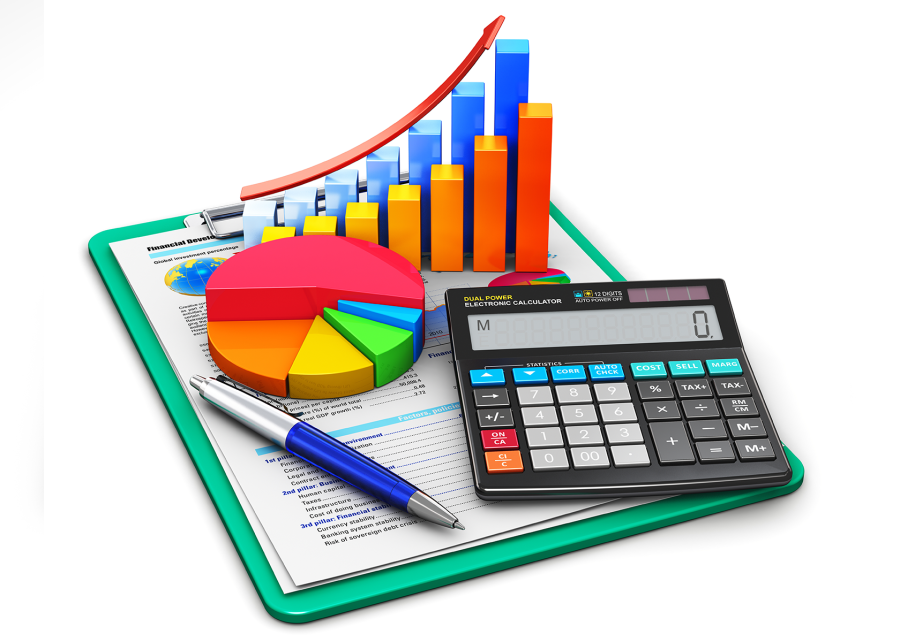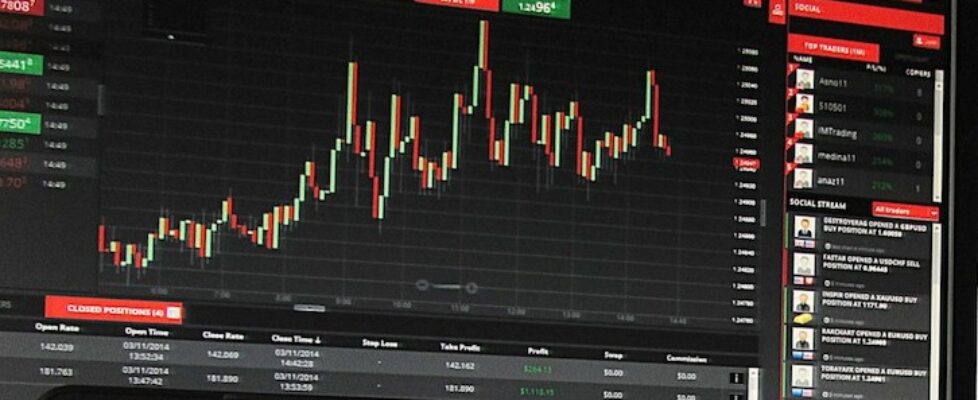The US insurance market is a vast and multifaceted industry that plays a crucial role in managing risk and providing financial protection to individuals, businesses, and assets. Read More
This article provides an overview of the key components, trends, and dynamics shaping the US insurance landscape.
Insurance Types and Coverage
The US insurance market encompasses various types of insurance coverage designed to address diverse risks and needs. These include:
Life Insurance: Life insurance provides financial protection to beneficiaries in the event of the insured’s death. It can be term life insurance, providing coverage for a specific period, or permanent life insurance, offering lifelong protection with cash value accumulation.
Health Insurance: Health insurance covers medical expenses and healthcare services, including doctor visits, hospitalization, prescription drugs, and preventive care. It can be obtained through employer-sponsored plans, private insurers, or government programs like Medicare and Medicaid.
Property and Casualty Insurance: Property insurance protects against damage or loss of physical assets, such as homes, vehicles, and businesses, due to perils like fire, theft, natural disasters, or liability claims. Casualty insurance covers liability risks, including bodily injury and property damage to others.
Auto Insurance: Auto insurance provides coverage for vehicles against accidents, collisions, theft, and liability for injuries or damages caused to others in accidents. It is mandatory in most states, with varying coverage options and requirements.
Commercial Insurance: Commercial insurance includes coverage for businesses and enterprises, such as property insurance for buildings, general liability insurance, professional liability (errors and omissions) insurance, workers’ compensation, and business interruption insurance.
Insurance Market Players
The US insurance market comprises various stakeholders, including:
Insurance Companies: These are entities that underwrite insurance policies, collect premiums, and pay out claims. They can be large national carriers, regional insurers, mutual companies owned by policyholders, or specialty insurers focusing on specific risks.
Insurance Agents and Brokers: Insurance agents represent insurance companies and sell policies to individuals and businesses. Insurance brokers act as intermediaries, helping clients compare insurance options from multiple insurers and negotiate coverage and premiums.
Reinsurance Companies: Reinsurance companies provide insurance to primary insurers, sharing risk and providing financial stability by spreading exposure across multiple insurers.
Regulatory Agencies: State insurance departments regulate insurance activities, ensuring compliance with laws, protecting consumers, and overseeing insurer solvency and financial stability.
Market Trends and Challenges
The US insurance market is influenced by several trends and challenges, including:
Technological Advancements: Insurtech innovations, such as digital platforms, data analytics, artificial intelligence, and telematics, are transforming insurance processes, enhancing customer experiences, and enabling personalized risk assessments and pricing.
Regulatory Changes: Evolving regulatory landscapes, including healthcare reforms, insurance market reforms, and climate-related regulations, impact insurance operations, pricing, and product offerings.
Risk Management and Underwriting: Insurers are adopting advanced risk management practices, predictive modeling, and underwriting technologies to assess risks accurately, price policies competitively, and improve profitability.
Climate and Catastrophic Risks: Climate change and extreme weather events pose challenges to insurers, increasing the frequency and severity of natural disasters, property damage, and insurance claims.
Conclusion
The US insurance market is dynamic and resilient, continuously adapting to evolving risks, market dynamics, and consumer needs. With a wide range of insurance products, innovative technologies, and regulatory frameworks, the insurance industry plays a vital role in promoting financial security, mitigating risks, and supporting economic stability in the United States.














